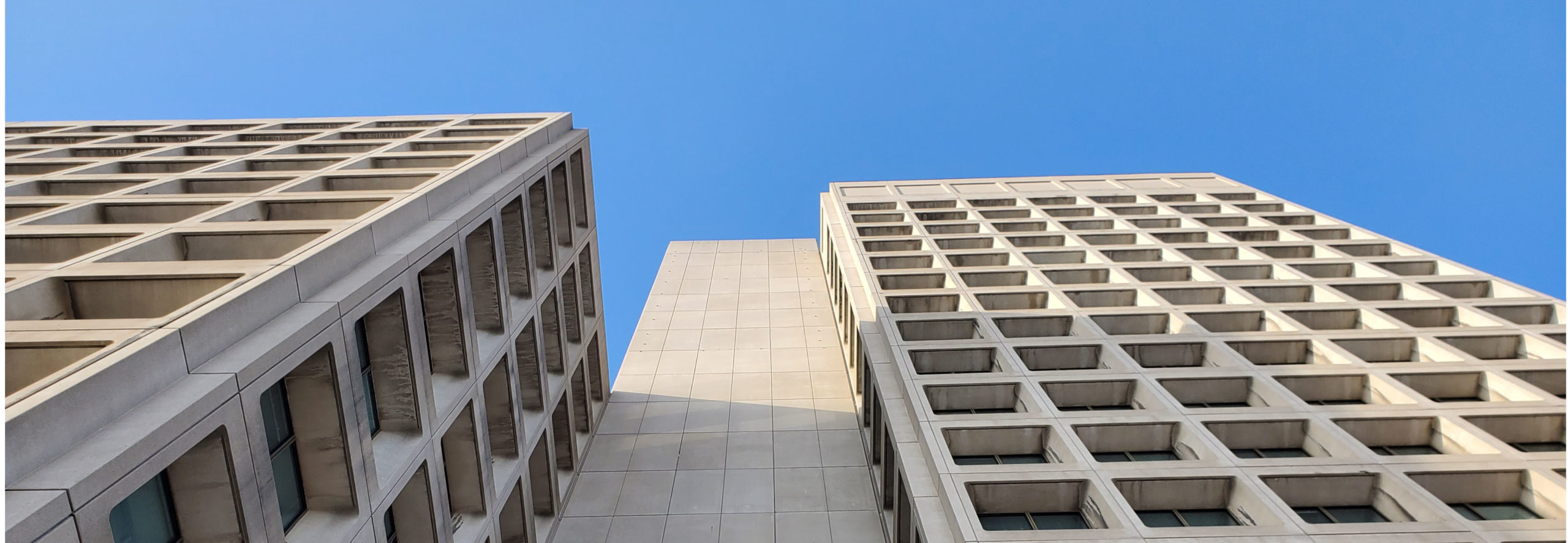I have had amazing, inspirational experiences in the last decade working with the American Institute of Architects (AIA), the Association for Preservation Technology Technical Committee for Sustainable Preservation (APT TC-SP), the Zero Net Carbon Collective (ZNCC), the Carbon Leadership Forum (CLF), Climate Heritage Network (CHN) and many others, learning and helping lead the way at the intersection of the fields of sustainability, heritage conservation and climate action.
When I went to Taliesin West in 2015 for the joint AIA Heritage Resources Committee (HRC) and Committee on the Environment (COTE) symposium, it was a revelation. Not only did I become immersed for three days, in that iconic Frank Lloyd Wright complex and desert environment outside Scottsdale, AZ, I also attended an incredible hot house of design and sustainability ideas, facts, innovations, case studies and thinking that was the Symposium. I also met a “who’s who” of design, conservation and sustainability in North America – people like NY Architect Theo Prudon, considered a “grand master” of modern design thought and author of the seminal and influential “Preservation of Modern Architecture” and Boston Architect Lori Ferriss, at the time an “emerging professional” leading in the area of sustainability and climate action, who was also a colleague through TC-SP and who became my Co-Chair in founding the ZNCC in 2017.
I realized at that Symposium (and to some extent, others before and since) that great design and decarbonization are not just interconnected, but interdependent! You cannot have one without the other and both natural and cultural conservation are really one and the same thing. It meant that learning the ropes of decarbonization, particularly around embodied carbon, were essential for being a great architect and responsible citizen.
We at the ZNCC have been trying to build resources and spread that word for 5 years and certainly have been grateful to other orgs who have also built resources around the themes of embodied carbon, building reuse and the urgent necessity to paradigm shift into a new low-carbon, circular economy. With the Built Environment responsible for 40% of global carbon emissions (and a higher share in larger cities), our building sector and the industry – which includes the policy-making and financial sectors – have a responsibility to move the dial forward very quickly.
Two of the organizations I belong to: the AIA (as an International Associate) and the CLF (as a Steering Committee and NGO Roundtable contributor), came together last year to quickly develop a key resource in our Library for this: The Embodied Carbon Toolkit for Architects.
Our MTBA staff are well aware of this critical information and helpful tool in realizing great decarbonization strategies, especially in the building reuse space. I invite you to check out the toolkit on our website and to learn more below, from my colleagues Melissa Morancy of the AIA and Kate Simonen from the CLF.
Yours in Building Reuse for Climate Action!
-Mark
You can read more about AIA Melissa Morancy’s note on this valuable resource here:
Tale of a Toolkit: Two Organizations Collaborate to Decarbonize Design – Carbon Leadership Forum
The AIA + CLF’s Embodied Carbon Toolkit for Architects is available for download here:
AIA-CLF Embodied Carbon Toolkit for Architects – Carbon Leadership Forum

